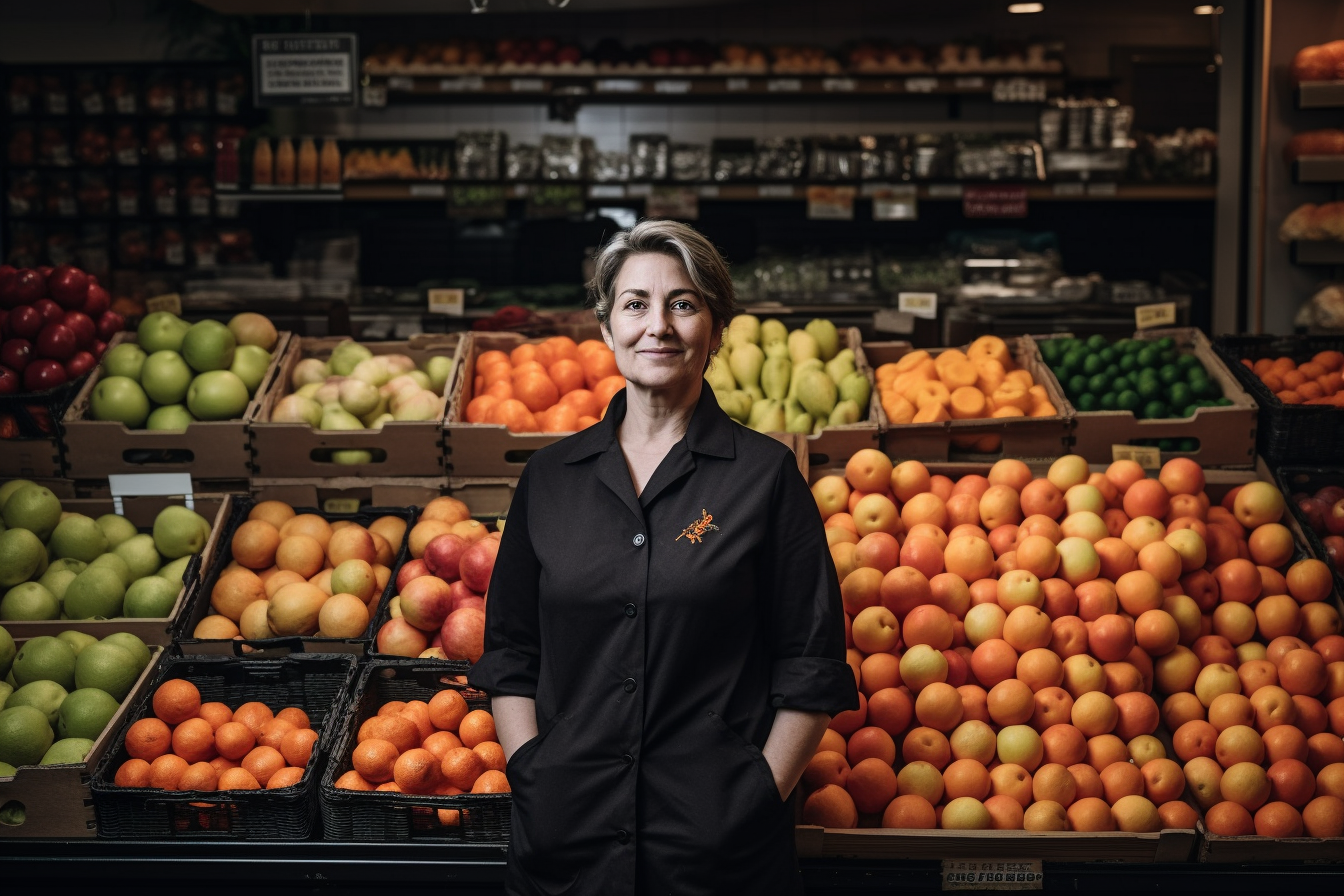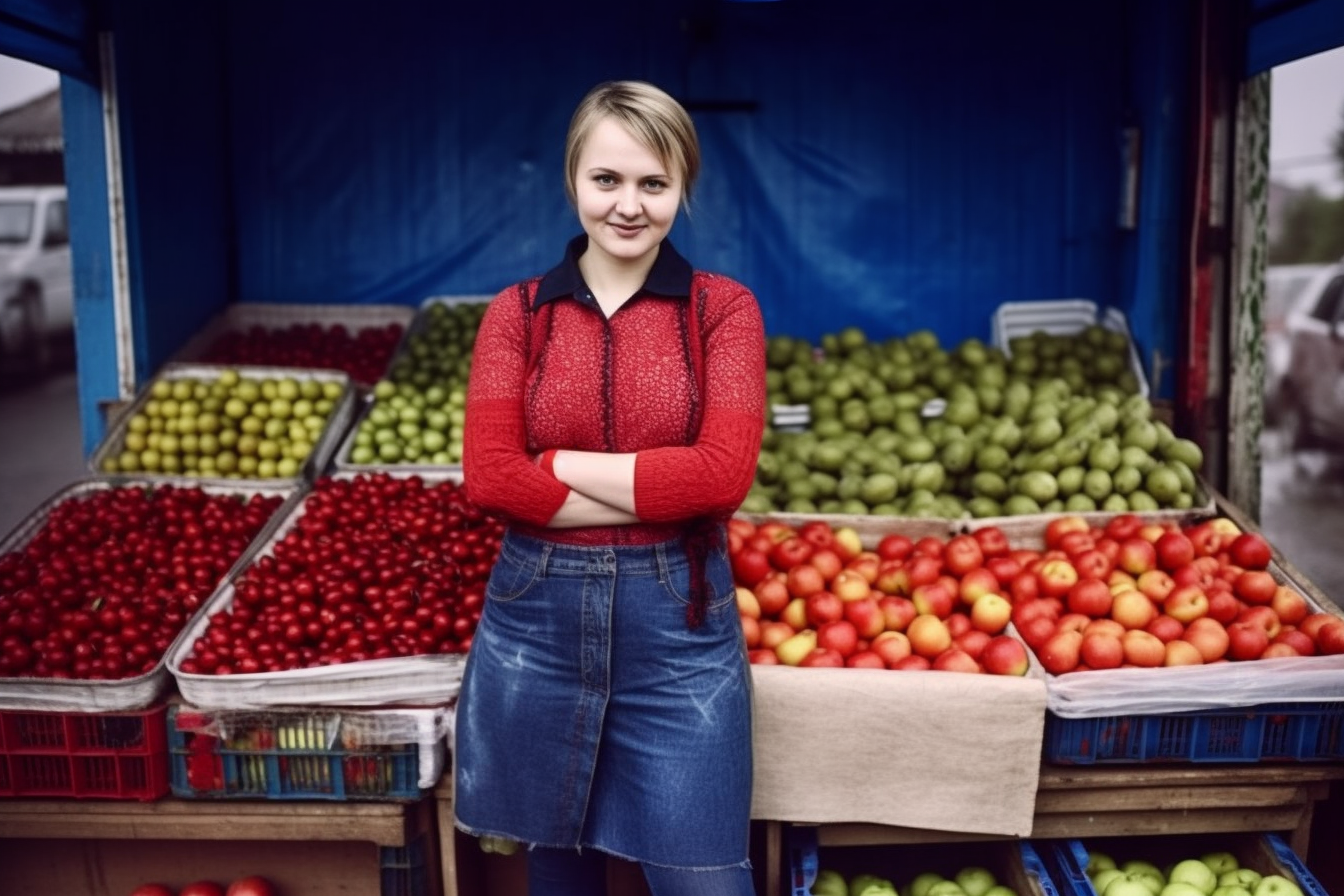Generative AI and the end of Stock Photographers
The rapid advancements in generative AI are set to disrupt the traditional stock photography industry, leading to a fundamental shift in the way images are created, distributed, and priced. I will show you the impact of AI-generated images, and explore how the market could adapt to this technology.

As a passionate photographer, a technology enthusiast, and a professional marketer, I am fascinated with the potential to create photorealistic images with artificial intelligence.
I believe that a new breed of AI-powered creator is on the brink of disrupting the stock photography market. Within a couple of years, I can’t imagine photographers continuing to create and sell generic photography in the way they do today.
Businesses will always need a diversity of affordable and quickly accessible images to engage with their audience, so the demand will continue to rise. However, generative AI will provide an infinite selection of images for a lower price, with similar quality.
Before you argue that AI-generated images are soulless, uninspired and potentially damaging to a brand, that’s exactly the criticism stock photos receive today, so it’s a perfect match!
A brief history of stock photography
The stock photography industry is worth around 4 billion dollars per year and it continues to grow despite the many challenges that it faced over the last decades.
The concept of stock photography emerged in the early 20th century, when photographers started amassing image archives that could be licensed for commercial use. The term “stock” derived from the idea that these images were “in stock” and readily available for purchase. This model provided an alternative to hiring a photographer for a custom shoot, saving businesses time and money.
H. Armstrong Roberts, an American photographer, founded one of the first stock photography agencies in the 1920s. He built a vast collection of images, covering a wide range of subjects, which he licensed to advertising agencies, newspapers, and magazines. Another early pioneer was the Bettmann Archive, established by German-American historian and curator Otto Bettmann in 1936.
Throughout the mid-20th century, the stock photography industry continued to grow as more agencies and photographers entered the market and the demand for stock images increased with the expansion of the advertising and publishing industries. New technologies, such as 35mm film and color photography, and improvements in printing and distribution technologies, fueled the demand for stock photography.
The Digital Revolution
In the 1990s, the developments in digital photography marked the beginning of a new era. The transition from film to digital cameras provided photographers with the ability to capture, edit, and distribute images much more efficiently. Simultaneously, the emergence of the internet enabled stock agencies to distribute their image libraries online and clients to search, purchase, and download images instantly.
The combination of digital photography and the internet was a game changer that lead to the rise of platforms like Getty Images, Shutterstock, and iStock. These companies attracted photographers from around the world and gathered hundreds of millions of images in their collections. Shutterstock and iStock introduced the concept of microstock - making images even more affordable and accessible to a wider range of clients, including small businesses and individual creators.
Social Media and UGC
With the new century came the age of social media and an influx of user-generated content. With Instagram, Facebook, and Pinterest showcasing a wide variety of visual content, consumer preferences shifted towards more authentic, relatable, and diverse images. This led stock photography platforms to diversify, moving away from staged or generic images towards more natural and candid shots. Some stock photography platforms tapped into this vast pool of content by partnering with influencers and content creators, integrating user-generated images into their collections.
The stock photography business model
As the industry adapted to the ever-changing landscape, business models and pricing structures also had to evolve. Today, we have models catered to the needs of different clients, ranging from small businesses and individual content creators to large corporations and advertising agencies.
One-off purchases, also known as à la carte pricing, allow clients to buy individual images as needed. Prices can vary significantly depending on the image quality, usage rights, and the stock photography platform. For example, on Getty Images, a high-resolution image for commercial use might cost around $500, while a similar image on a microstock platform could cost around $50. Images are often sold in packs, at discounted rates.
Subscription models generate predictable recurring income for the platforms and provide clients with access to a set number of images per month or year for a fixed fee. This pricing model is ideal for clients who require a continuous supply of images, such as marketing agencies and large corporations. Shutterstock, for example, offers a monthly subscription plan that allows clients to download 10 images per month for $29, with unused downloads rolling over to the next month.
The abundance of user-generated content has given rise to free stock photography platforms, such as Unsplash, Pexels, and Pixabay. These websites offer quality images for free and rely on donations, advertising, or premium content to generate revenue. While you may not find the same level of content curation and variety as on the paid platforms, they have attracted a significant user base, particularly among small businesses and individuals with limited budgets.
Making money as a photographer
As a photographer, carving out a living solely from selling stock photos can be an uphill battle. The revenue photographers earn, known as royalties, is a percentage of the sale price of their images, which can vary greatly depending on factors like the stock photography platform, exclusivity agreements, image quality, and license type.
The emergence of microstock and free stock photography websites has prompted professional photographers to adopt a high-volume sales strategy to optimize their earnings. To maintain a steady income, they are continuously producing new content and distributing it across multiple platforms. However, it's likely that only a select few photographers truly flourish in the world of stock photography, with a vast majority pursuing it as a side hustle to supplement their income.
Enter the age of AI
The stock photography industry has weathered the storms brought on by digital photography, the internet, and the surge of free user-generated content. Remarkably, the market keeps growing in the face (or because?) of all these changes.
Meanwhile, photographers saw the market flooded with user-generated content, the barrier to professional gear lower, and influencers joining the game. Now they will face their biggest challenger yet: Generative AI.
Before I delve into the future that awaits, join me in an exploration of what is already achievable today using MidJourney 5. Follow me while I create “stock photos” that are undistinguishable from the real thing.
Creating stock photos with MidJourney
MidJourney is becoming better and better at creating photos and two new features make the job even easier.
The first is the ability to upload a photo and ask MidJourney to describe it. Opposite to the usual flow, it creates a text prompt from an existing image. Which means you can then use that prompt to create a similar image. You see where this is going…
The second novelty is a “repeat” function that automatically repeats a task and creates variations from a single prompt. This makes our workflow faster.
Let’s start with a generic image of a man holding an apple, a subject that seems right at home on stock websites – and indeed, I found it.
I tasked MidJourney with describing the stock photo, and after a few iterations, it generated a couple of images that, in my opinion, were more than suitable for use as stock photos.


Then I asked MidJourney to exercise its creative muscles, just for kicks. The result? A collection of complementary images.




Continuing with the theme, I sought to experiment with a fresh concept – a woman in a fruit market.
Employing the same process, I generated results that closely resembled the original idea.


I also cranked up the chaos just a tad to see what would happen.




When it comes to stock photography, I’d be more than satisfied with these outcomes. Moreover, I find this creative process to be far more engaging than merely selecting from a predefined set of images.
What’s next for the stock photography industry?
There's no doubt that AI tools will keep advancing, becoming more affordable, user-friendly, and integrated. If my prediction holds and the current stock photography production and pricing system collapses, what lies ahead? How will the industry's major players leverage their considerable resources to adapt and avert complete annihilation?
I see two plausible routes: embracing artificiality or focusing on humanity.
The artificial path
Stock photography platforms can transform their greatest threat into a colossal opportunity by integrating AI-generated images into their collections. By using AI to enhance their existing libraries, they could add billions of images virtually overnight and at minimal expense. They can also achieve this by embracing the growing community of AI artists, showcasing and selling their AI-generated creations.
Simultaneously, stock image platforms can collaborate with AI companies (or acquire them) and incorporate an image generation tool directly into their services. Clients could request specific image compositions based on searches, text prompts, or more intuitive interactive interfaces. Rather than providing a pre-built archive, they would generate images on demand, resulting in a virtually infinite selection.
Pursuing this route, which I believe is inevitable, the value of individual stock images would plummet to near nothing. However, platforms could still charge a premium for subscription services that grant access to unlimited libraries and innovative creative tools.
The integration of AI-generated images into stock photography platforms raises complex questions about copyright and ownership. Determining who holds the rights to an AI-generated image requires new legal frameworks and agreements. Stock photography platforms will have to work closely with legal experts, AI developers, and artists to establish fair and transparent policies surrounding AI-generated content.
The human path
The alternative approach involves abandoning the concept of stock photography and refocusing on the distinct qualities of commissioned work. This shift would completely invert their value proposition, but it could be the only way to compete against AI-driven solutions and prevail.
In a world saturated with stock photography, producing images that truly stand out and resonate on a human level becomes even more valuable than it is today. As marketplaces that connect photographers and clients, these platforms could pivot their focus towards fostering relationships between creatives and businesses in need of distinctive, personalized visuals.
If AI dominates the stock image market, human photographers will need to concentrate on unique assignments, dedicating the necessary time and resources to create truly innovative and authentic work. In the end, this shift might benefit everyone involved.
I anticipate that major stock platforms will invest in a combination of all these strategies: incorporating AI-generated categories into their libraries, integrating generative AI tools into their services, and promoting premium photographers for commissioned projects. This approach would leave behind the current staple of stock photography: the high-volume, generic photographer. Rest in peace; you won’t be missed.
